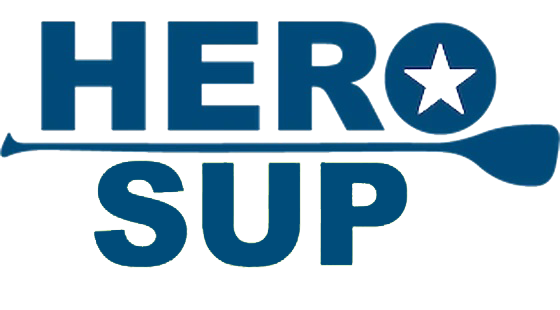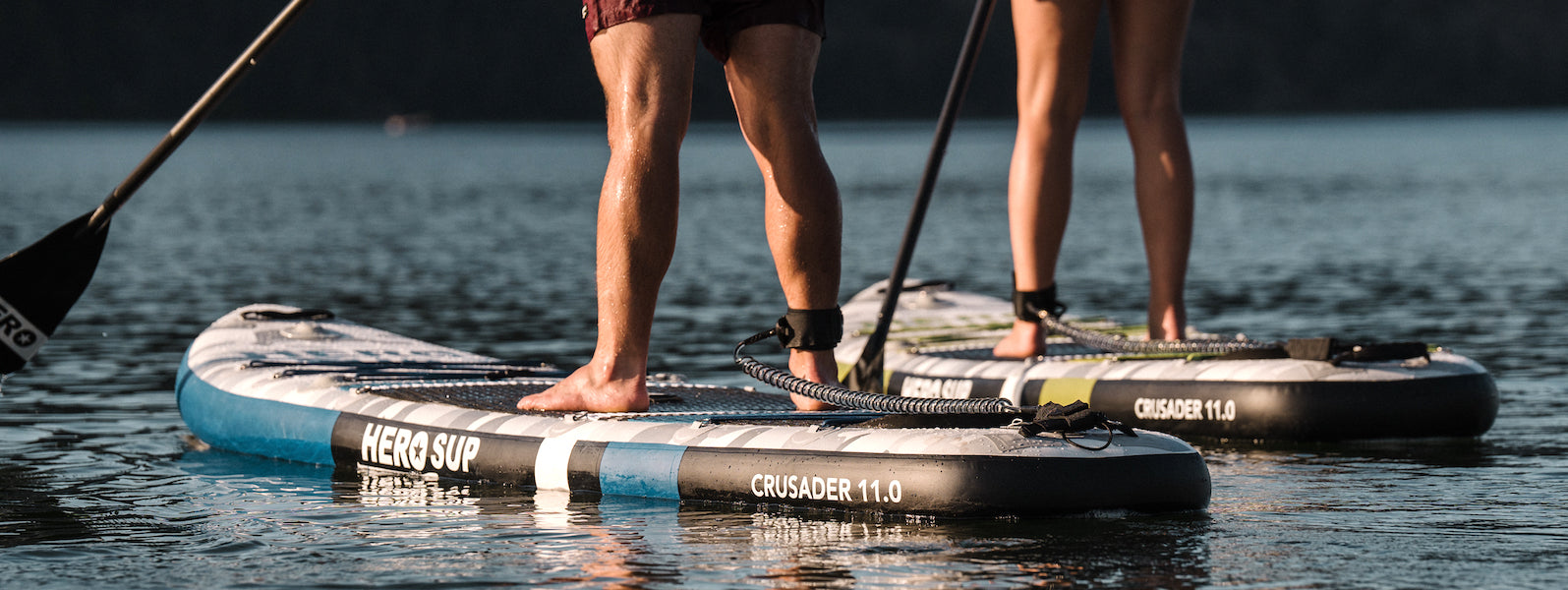WHAT MUSCLES DO YOU USE WHEN PADDLE BOARDING?
You may have already heard that stand up paddle boarding provides a gentle yet effective full body workout.
This could not be more true and when you’re standing on your board propelling yourself through the water so many of your muscles are working together to keep you balanced and to power your paddling strokes.
WHICH MUSCLES ARE USED THE MOST WITH SUP?
Your muscles contract in your neck right down to your toes so let’s take a look at which muscles are used the most.
FEET/ANKLE
There are 29 muscles associated with the foot. 10 of them directly on the foot and ankle and another 19 intrinsic muscles within the foot.
Along with these muscles are ligaments, tendons, joints and and 26 bones that all work together to keep you balanced and supported while paddle boarding.
It is very common for new paddle boarders to get cramps in their feet or even experience numb toes. These are caused from tension in the feet.
All of your little foot muscles, many of which don’t get used regularly are working hard gripping the board to keep you stable.
If the wind is blowing and the water is rough you will need to grip the board a little more tightly to stay upright.
PRO TIP: Remember to consciously relax your feet and ankles and try to wiggle your toes once in awhile to keep the blood flowing. This will help to alleviate cramping and numbness.
As you paddle more you will find that your feet muscles will get stronger and you will be able to relax more as you are paddling. Before you know it your feet will no longer be sore or numb while paddling.
LEGS
Working with your feet and ankle muscles are your leg muscles. Right from stepping into the water, getting onto your board, kneeling and then ultimately standing and paddling all your leg muscles are being put to work.
Every time you take a paddle stroke your knees will bend slightly, your glutes will tense and your quads, hamstrings, abductors, lower calf and upper calf muscles will keep you solid on the board.
Each muscle works together but it is mainly the hamstrings and quadriceps that get the brunt of the workout.
The Hamstrings comprise of three muscles that help move your hip and knee joints.
The quadriceps comprise of four muscles that work together with the hamstring muscles. The quads get used when balancing, squatting, running, walking and jumping.
CORE
Your abdominal muscles work hard to keep you steady in any kind of balancing activity.
With SUP your abs (whether you think you have any or not) are constantly engaged to keep you upright and balanced.
Your obliques, which are on either side of your abdominal muscles become engaged when you turn slightly to finish your paddle stroke.
Regular stand up paddle boarding has shown to improve a persons overall balance in many other activities. The stronger your core gets the more steady you become when on and off the paddle board.
ARMS
Although you definitely use your arm muscles to hold and manage your paddle, it’s not necessary to have extremely strong arms to paddle efficiently.
Using mainly your arm muscles will lead to tired muscles and early exhaustion and could also make you quite sore.
Instead as you move your arms it’s your back muscles that should be engaged more to get full power.
That being said your biceps and triceps will be constantly engaged as you maneuver your paddle from side to side.
PRO TIP: If you find your arm muscles getting too tired, focus on tightening your core and engaging your back muscles to take the brunt of the work off your biceps and triceps.
SHOULDERS
Although the shoulder muscles are not the main driving force in a power stroke you still get a great shoulder workout as you are constantly using your rotator cuffs to dip, pull and lift your paddle.
The rotator cuff includes four muscles: the supraspinatus, the subscapularis, the trees and the infraspinatus muscle.
They allow the upper half of your body to move and pivot smoothly. The more you build up your shoulder muscles the easier it will feel to maneuver the paddle while out on your board.
BACK
The larger back muscles are a key factor in keeping your body upright and straight.
You will use the Latissimus Dorsi muscle (lats) as well as your core in each and every power stroke if your technique is correct.
As well your trapezoid muscles (traps) are continually helping to stabilize you as well as strengthen your shoulders.
The upper back rhomboid muscles that connect the scapula with the vertebrae of the spinal column are also engaged when balancing. In essence you are getting an entire back workout with SUP.
BUILD STRENGTH AND LEAN MUSCLE TONE
With all these muscles working together while you are out having fun on the water it can be easy to forget just how much of a workout you are actually getting.
Besides the other benefits of breathing in fresh air, clearing the mind and having so much fun, SUP is truly an awesome full body workout that not only improves balance and posture but also builds strength and lean muscle tone.
Regardless of your age and fitness level, anyone can begin to reap the huge benefits of paddle boarding. All you need is a paddle board package to start, a life jacket and a sense of adventure!
Also in KNOWLEDGE
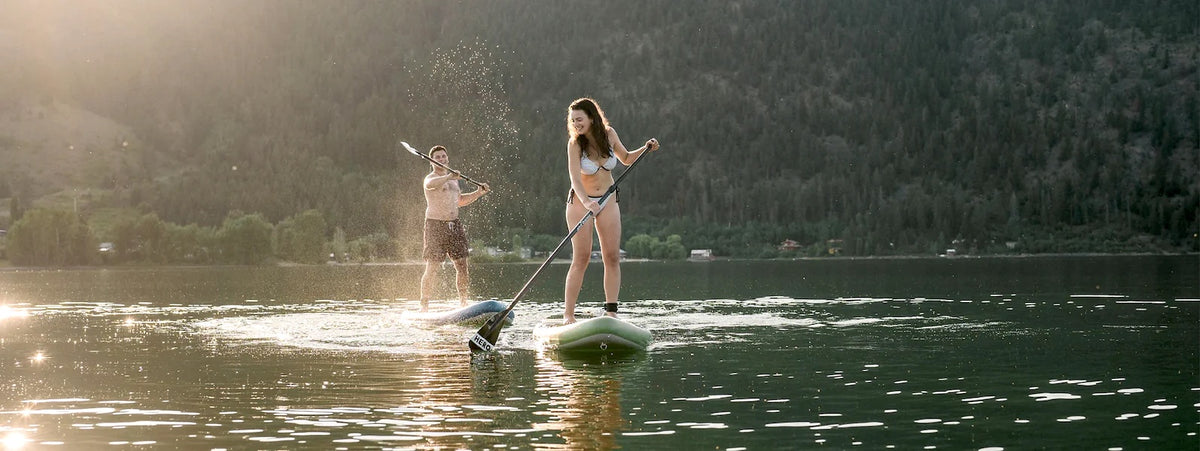
10 Most Common Beginner Paddleboarding Mistakes
Brand new paddle boarders and even some notice paddlers tend to make a lot of rookie mistakes that can hinder their paddling progress. That’s totally okay!
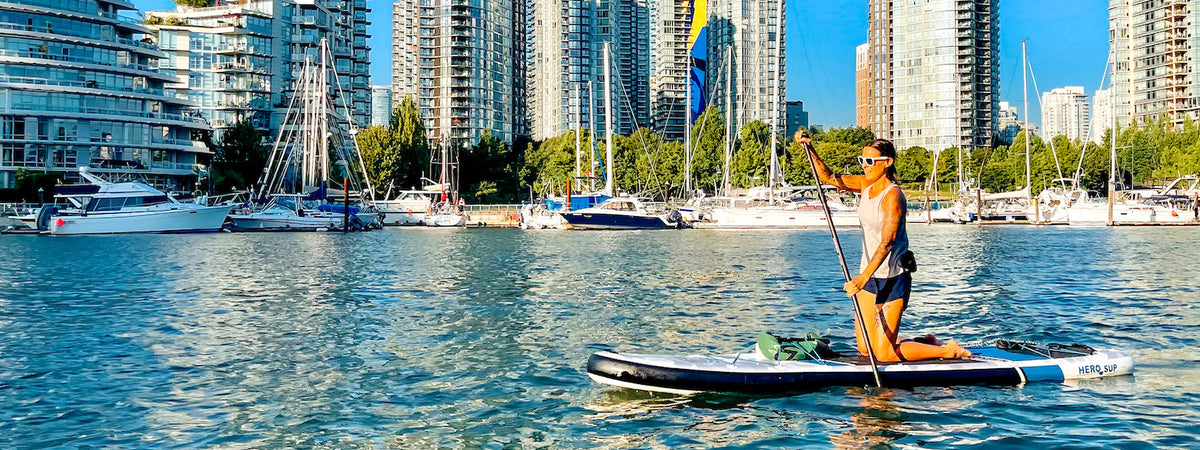
10 Easy Tips For Beginner Paddle Boarders
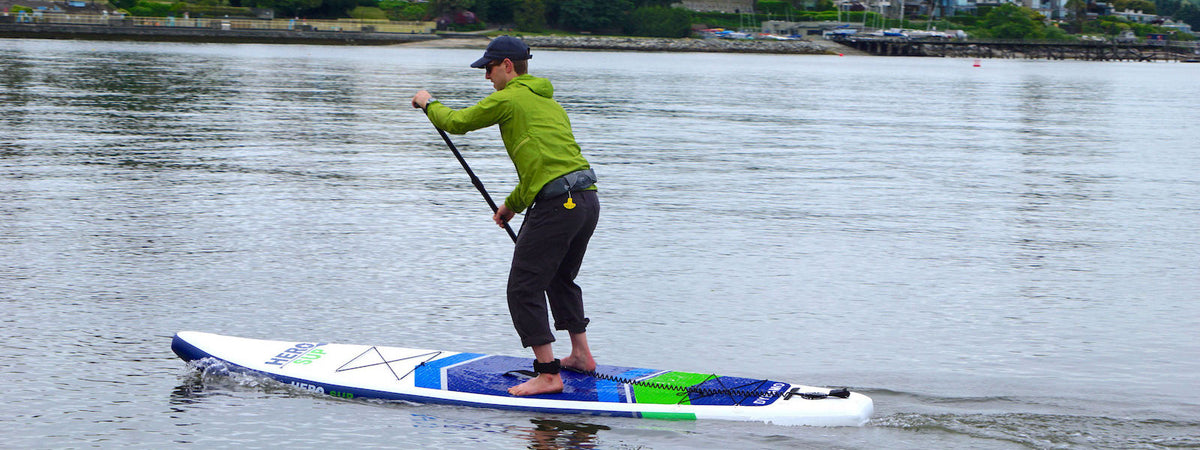
5 Simple Steps To Improve Your Paddle Board Technique
Follow these 5 simple steps to paddle like a pro.

